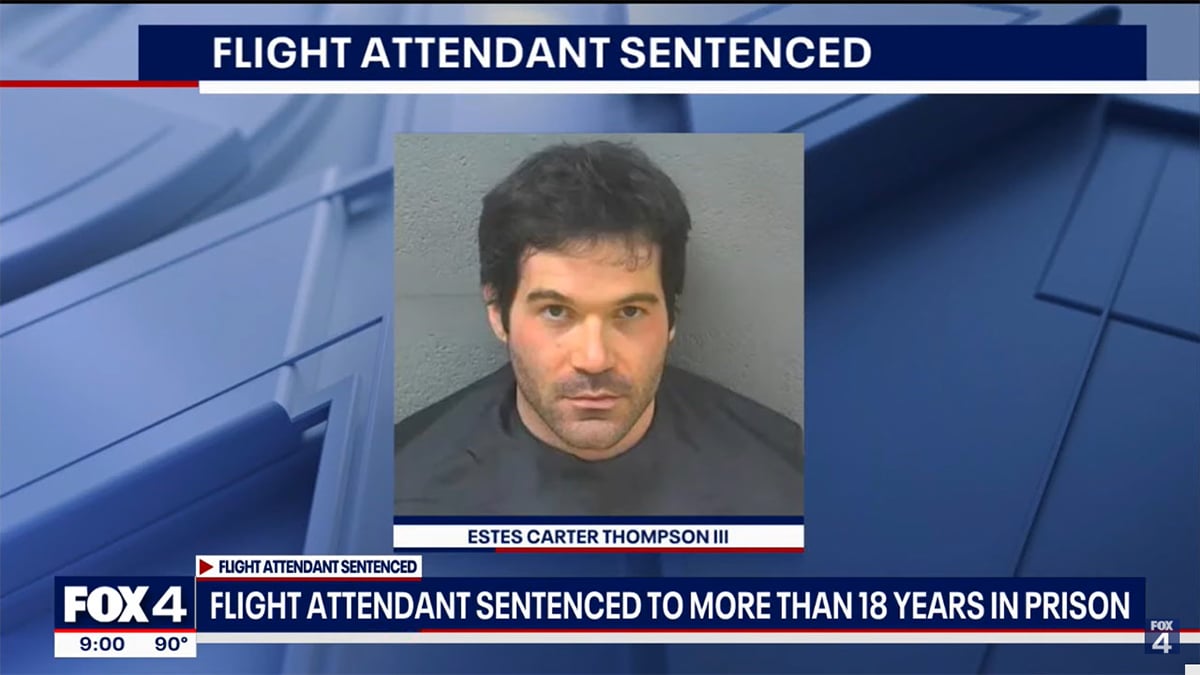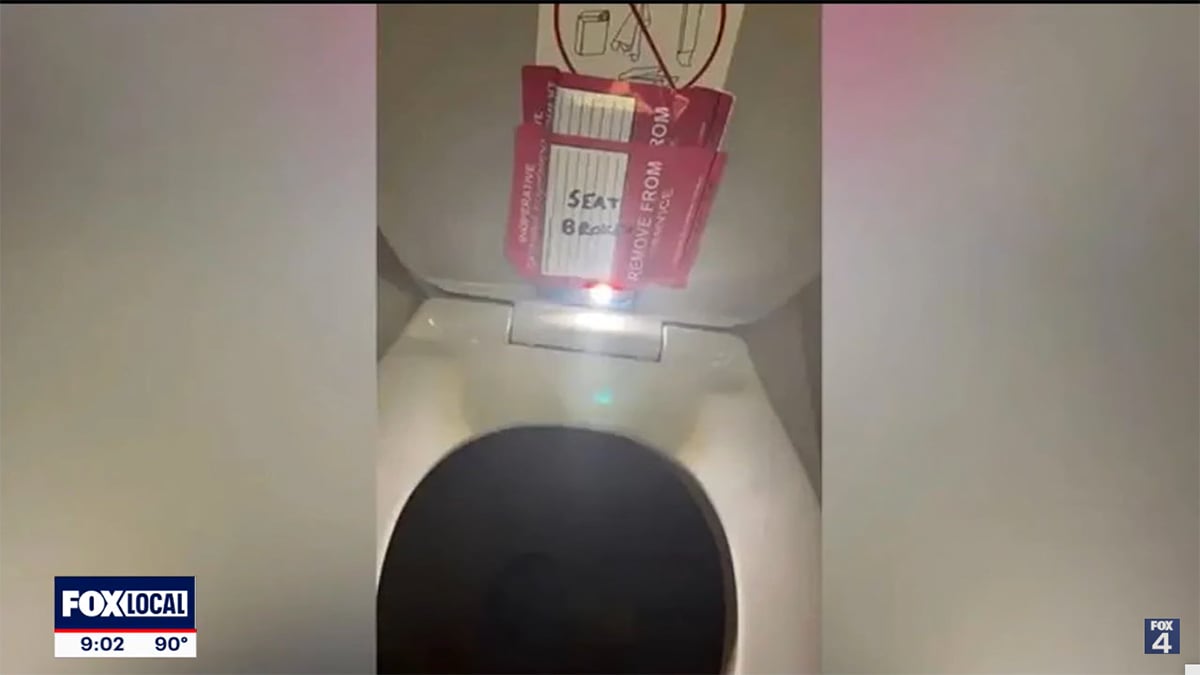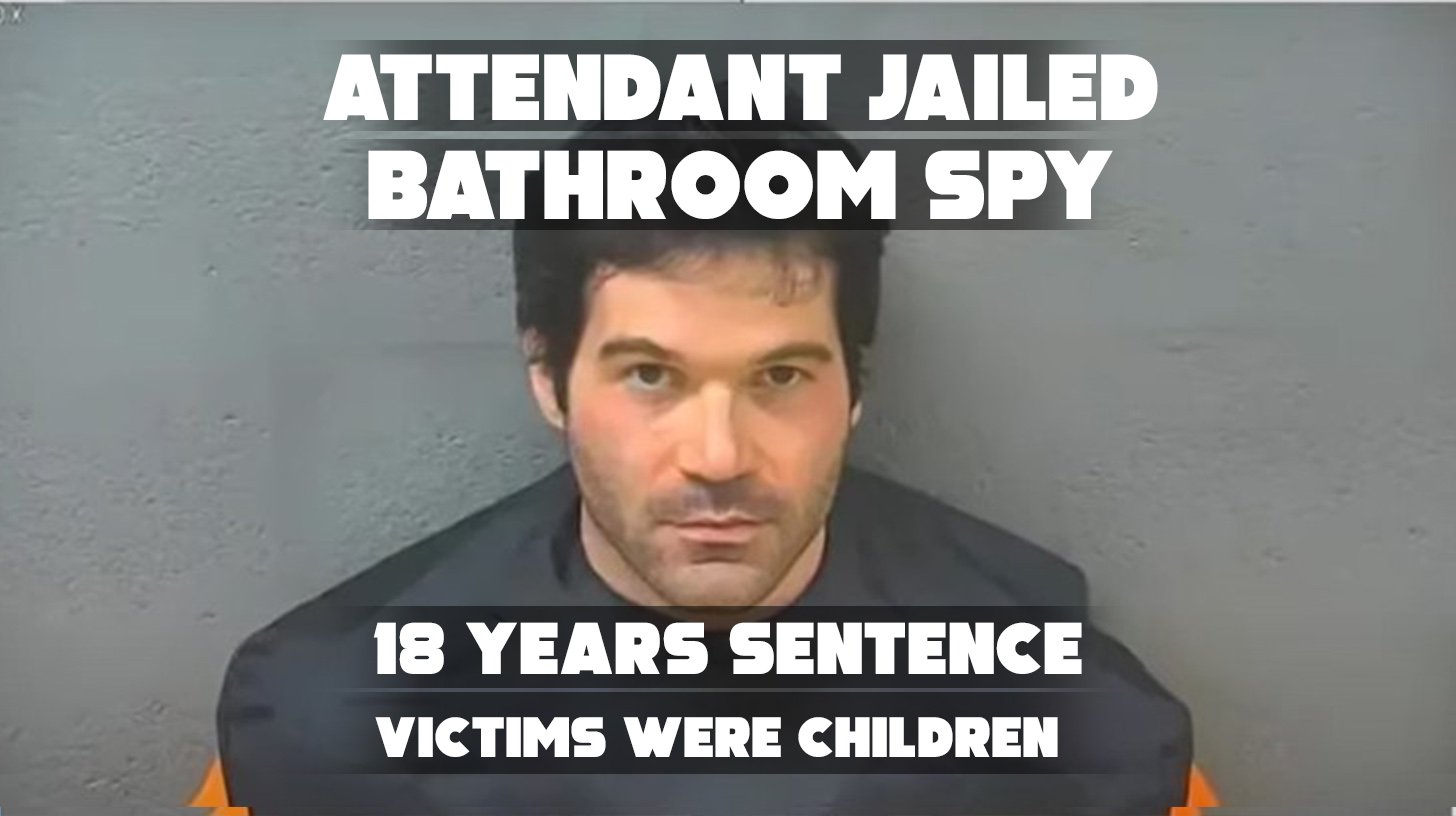A former American Airlines flight attendant, Estes Carter Thompson III, received a federal prison sentence of 18.5 years, followed by five years of supervised release, for secretly filming underage girls in an aircraft bathroom. His covert camera setup targeted minors over several months, shocking passengers and raising urgent questions about in-flight safety and trust.
How the Hidden Camera Plot Unfolded

Between January and September 2023, Thompson repeatedly rigged concealed iPhones to aircraft lavatory toilet-seat lids—often covering them with “inoperative” or “seat broken” stickers. He then directed young girls, including a 14-year-old, to those restrooms, filming without their knowledge. The operation was discovered by the teen, who photographed the setup mid-flight.
Shortly after, law enforcement found files on Thompson’s iCloud showing recordings of five girls aged 7 to 14, plus over 50 images of another unaccompanied minor and hundreds of AI-generated child sexual abuse images
Legal Fallout: Harsh Sentence, Lawsuits, and Public Outrage

In U.S. District Court in Boston, Judge Julia E. Kobick condemned the actions as “appalling,” noting Thompson stole the victims’ innocence and shattered their trust in others. Thompson pleaded guilty in March 2025 to attempted sexual exploitation and possession of child pornography material.
He apologized in court, calling his behavior “selfish, perverse and wrong.”
Following the criminal decision, one victim’s family filed a civil lawsuit against American Airlines. They argue the airline failed to stop Thompson and allowed him time to erase evidence in-flight. The American Airlines stated it immediately barred him from duty after the incident and is cooperating fully with investigators.
Far-Reaching Implications for Airline Passenger Safety

This heart-wrenching case has sparked broader scrutiny over how airline staff are vetted and monitored. Safety experts emphasize the need for physical security controls, in addition to digital checks. The tragedy reveals vulnerabilities in protocols and highlights a troubling breach of trust from someone in uniform and authority.


